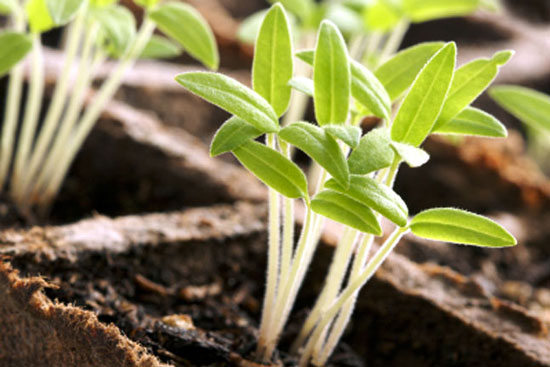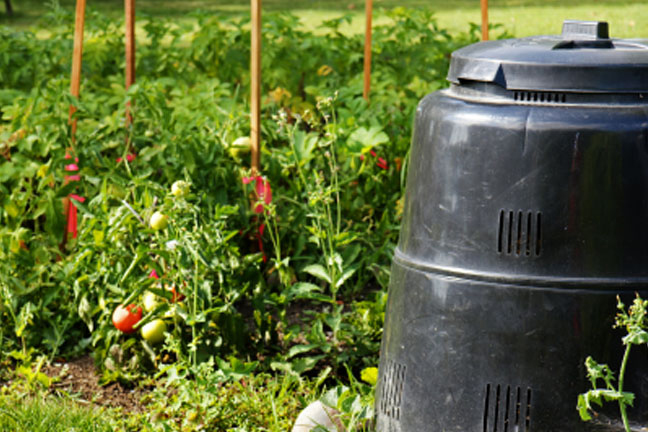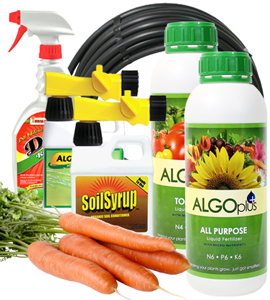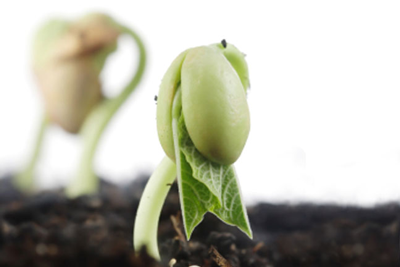Sowing seeds indoors or in a greenhouse the best method of producing healthy, strong vegetables for your crop and for some vegetable plants, and can also be the only method depending on your climate.
Very small seed is difficult to plant outdoors because of size. Plants that require a long growing season may not have enough time to reach maturity unless started indoors in winter or early spring. And also, by starting seeds indoors or in a greenhouse to transplant into the garden, you can get the variety you want started early and maximize your climates growing season. The timing and arrangement of your transplants into the garden are the most important factors in a successful crop.
From choosing the correct containers to knowing when to transplant the sprouts to the garden soil, there are a few steps and precautions to take while preparing and starting your seeds indoors to get your garden off to a great start.





